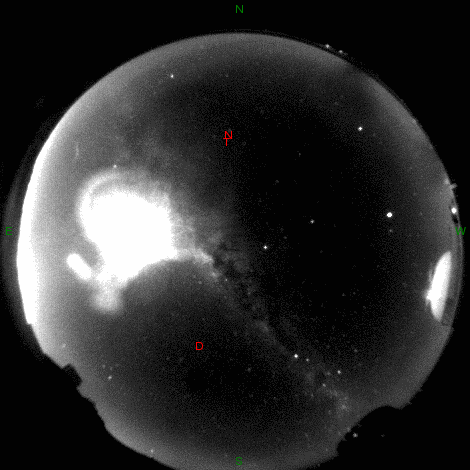The La Silla Observatory is located at the outskirts of the Chilean Atacama Desert, 600 km north of Santiago de Chile and at an altitude of 2400 metres. Like other observatories in this geographical area, La Silla is located far from sources of light pollution and, like the Paranal Observatory, home to the Very Large Telescope, it has one of the darkest night skies on the Earth. La Silla has been in operation since the 1960s. The infrastructure of La Silla is also used by many of the ESO Member States for targeted projects such as the Swiss 1.2-meter Leonhard Euler Telescope, the Rapid Eye Mount telescope (REM) and the TAROT Telescope gamma-ray burst chaser, as well as more common user facilities such as the MPG/ESO 2.2-meter and the Danish 1.54-meter telescopes. The 67-million pixel Wide Field Imager on the MPG/ESO 2.2-meter Telescope has taken many amazing images of celestial objects, some of which have now become icons in their own right.

La Silla at night. Credit: ESO
The conference will be held on March 26th 2014 at 14:30 local time (BRT) and will take place in Portuguese with a summary in English.
The conference presenters are:
Felipe Braga-Ribas, Observatório Nacional/MCTI, Rio de Janeiro, Brazil
Bruno Sicardy, LESIA, Observatoire de Paris, CNRS, Paris, France
Prof. Roberto Martins, Observatório Nacional/MCTI, Rio de Janeiro, Brazil
Prof. Julio Camargo, Observatório Nacional/MCTI, Rio de Janeiro, Brazil
Where: The event takes place in Observatório Nacional, Auditório do Grupo de Pesquisas em Astronomia (GPA), in the GPA/LINEA Building in Rua General José Cristino, 77, Bairro de São Cristovão, Rio de Janeiro - RJ, 20921-400, Brazil.
This unexpected result raises several unanswered questions and is expected to provoke much debate.





Comments